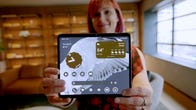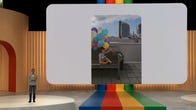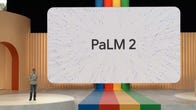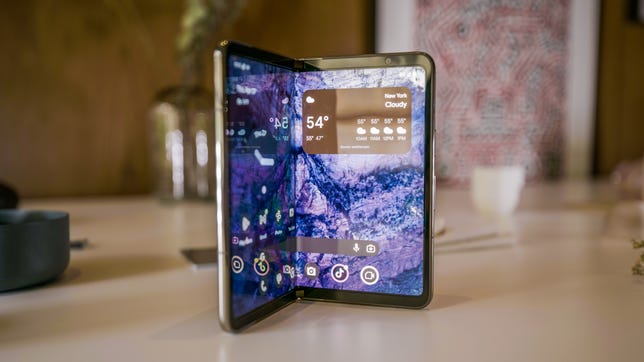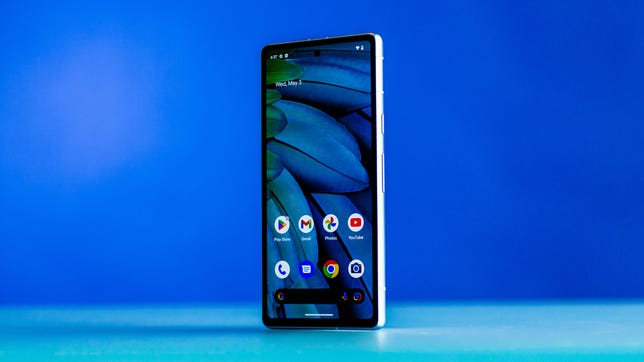In addition to the long-awaited Pixel Fold, Google’s first foldable phone, at its Google I/O 2023 developer conference the company showed off other new devices — the Pixel 7A phone and a revamped Pixel Tablet intended for smart home control. Google also delivered updates on its work with AI (and its competitor for ChatGPT, its AI chatbot Bard), augmented reality, Project Starline holographic conferencing and more.
AI and Search updates
Generative AI is the big push this year — so big, that Google used “AI” over 140 times in its two hour keynote. For instance, Gmail’s Help Me Write will automatically create emails based on prompts, incorporating text from previous conversations (among other things). A new Magic Editor in Photos lets you treat elements as objects without having to select them to reposition, and can automatically fill in backgrounds. That’s coming later this year.
For developers, PaLM 2 is Google’s update to its large language processing models, which is trained better on more languages, as well as math and science, and has improved understanding of security and medical concepts. Google’s working on building in watermarking for images that lasts through basic edits and embedding metadata in its generated imagery. The company’s already working on Gemini, the next generation of its LLM.
Its Bard chatbot added coding capability (in other words, creating code based on a prompt) earlier this year, as well as creating explanations of code snippets on the fly. Soon, it will be able to export and run Python code. And run it in dark mode! It will also be able to add those responses to Gmail and Docs.
Prompting will be integrated into Docs, so, for example, you can enter a prompt in Sheets to help organize info for your biz, or generate an image from within Slides. When collaborating with Bard, it will be able to use Google services, and it will return images in response to Bard prompts. And the side rail prompts can feed a Doc’s contents back in to refine results. All these integrations will be available later this year in a new product called Duet AI for Workspace.
It will be able to streamline research by returning collated results in multiple formats (text or tables, for example). The company cited a bunch of partners, notably Adobe Firefly — such as creating images with Firefly based on Bard prompts. Google is opening up the Bard waiting list to more regions and languages (Japanese and Korean now). Previews of a lot of these will be available via Labs.
Search will also have Snapshots, which is a refinement of its existing search results display, with more consolidated and (hopefully) better results, like on-the-fly buying guides or suggesting travel itineraries. They’re called “search generative experiences” or SGE, and will also be available in Labs.
Tailwind is an experiment generating “notebooks,” like a notebook with study notes that it builds from docs on Google Drive as well as search — it’s also previewable with Labs.
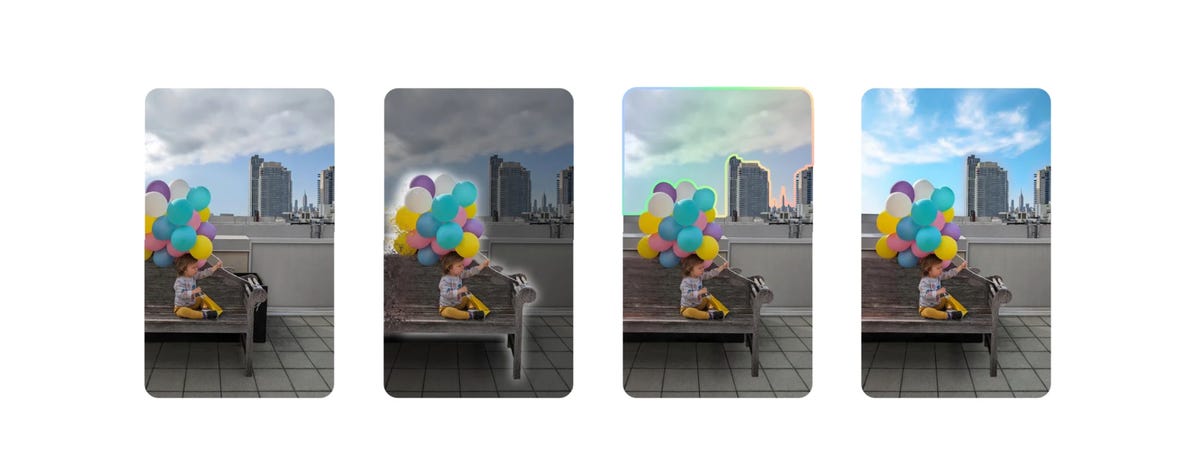
Later this year, Google plans to roll out Magic Editor, which will help improve photos taken on Pixel phones.
Google/Screenshot by CNET
Google also spoke about the downsides of AI and how it’s trying to mitigate them. For instance, there will be two new ways to evaluate the veracity of images. One will be providing similar images used elsewhere for context and using Google Lens to supply additional info. To help prevent deepfakes, it will restrict access to its universal translator along with the aforementioned watermarking support.
Android 14
The next version of Google’s phone and tablet operating system went into beta testing in February with another preview update last month and, as usual, won’t be available until Google ships its phones. The update adds better compatibility for larger-screen devices — foldables and tablets — along with standard refreshes to boost speed, battery life and operation. As Apple did with iPhone 14 and iOS 16, Google also adds support for satellite connectivity.
WhatsApp is coming to Wear OS for watch wearers. Find My Device will add support for more devices, like headphones and tablets.
You’ll be able to get alerts about unknown trackers operating on your phone, plus Google and Apple have teamed up to create a standard for this to work across both iOS and Android (so you’ll be able to tell, for example, if someone’s put an AirTag in your bag even if you have an Android phone).
Jide Akinrinade/CNET
Android will be able to customize a variety of aspects of your experience. Magic Compose creates messages with different styles, personalizable lock screen widgets, the ability to use emojis to create wallpaper, create 3D representations of 2D photos — Cinematic wallpaper — and (as you’d expect), generative AI-made wallpapers (coming this fall).
Select Pixel phones will get access to the Magic Editor later this year, and Google’s Pixel phones will be first to get a lot of the AI features talked about elsewhere.
John Kim/CNET
Finally real, the long-rumored Google Pixel Fold has a 5.8-inch external display and a 7.6-inch folding inner display, 12GB of RAM and up to 512GB of storage. It will run an ouchworthy $1,799 (£1,749), but you can preorder now and get it next month. Plus, if you preorder you get a Pixel Watch gratis. Its got a triple rear camera, and will let you use one side as a base when shooting. There’s a dual-screen interpreter mode, which shows a translation on the side facing the person you’re talking to.
New Android features targeted specifically at large screen devices like the Fold, including hinge-activated wallpaper animation, automatic adjustment when an app moves from the small screen to the large screen (Continuity), a split keyboard, split screen and more.
When open, it can split into a selfie viewfinder plus use the “rear” camera for the selfie.
Read more: Hands-On With the Google Pixel Fold
James Martin/CNET
The step-down version of the Pixel 7 gains a 90Hz-refresh screen for smoother graphics and scrolling, wireless charging and face unlock over its predecessor, the Pixel 6A. It has some component upgrades, like the Tensor G2 chip from the Pixel 7 (for AI acceleration), but keeps the 6.1-inch display. It’s got a better camera than before, too. Prices start at $499 (£449, AU$749) and it ships today — a new coral color is exclusive to the 7A.
Read more: Google Pixel 7A Review
Screenshot by CNET
Unlike the old, discontinued model, the new Pixel Tablet is intended to be less of a general-purpose Android tablet than a tablet for in-home use, complete with quad-speaker charging dock — for applications like videoconferencing, with multiple household accounts, built-in Chromecast and as a hub for your Google and Matter-compatible smart home gear. I has an 11-inch display, up to 12 hours of battery life per charge and up to 256GB of on-board storage. It’s $499 (£599, AU$899) with the charging speaker dock bundled, and preorders are open now — it ships next month.
Read more: Pixel Tablet Hands-On

